 Abraham Lincoln
If given the truth, the people can be depended upon to meet any national crisis...
Abraham Lincoln
If given the truth, the people can be depended upon to meet any national crisis...
 Guildford news...
for Guildford people, brought to you by Guildford reporters - Guildford's own news service
Guildford news...
for Guildford people, brought to you by Guildford reporters - Guildford's own news service
Birdwatcher’s Diary No.168
Published on: 19 Aug, 2018
Updated on: 17 Aug, 2018
By Malcolm Fincham
The “Surrey” sun continued to shine as we advanced into August. Temperatures still hovered around 30c in the midday heat. My enthusiasm was limited mostly to local trips out. Although, like a true Englishman (or perhaps a mad dog), I was off out in the late morning sun.
The furthest I was encouraged to travel with good friends, Dougal and Bob, was to Denbies Hillside and Bookham Common, in the hope of completing my “sightings list” of Surrey butterflies.
At Denbies Hillside by Ranmore Common, near Dorking, the sun beat down on the parched grassland of its chalky, southern facing slopes.
With plenty of butterflies in view, it wasn’t long before we were able to set eyes on one of our “target” species, the adonis blue.
Another species, fresh out on display there, and in good quantity this year too, were silver-spotted skippers. Adding another species to the year.
Chalkhill blues were also in good numbers there, some even clustered in small groups.
While green-veined whites,
Small heath butterflies,
And small copper butterflies, were all additions to the day’s photos.
As often seen there, a kestrel patrolled the hillside, looking for small mammals to feed upon.
At Bookham Common our hope was to complete our hairstreak butterfly sightings for the year, by finding a brown hairstreak.
Unfortunately, on this occasion, apart from seeing a few high up and buzzing around their master tree, I was unable to get an up-to-date photo of one.
A few silver-washed fritillaries, now coming to the end of their reign, flitted around in the open glades.
And a painted lady posed well for a picture.
Most of the species mentioned above could also be seen on my visit to Sheepleas near Shere, just a few days later.
My interest there was taken by the sound of a juvenile common buzzard constantly “mewing” from a wooded area. Eventually it flew out through the field where I stood. Still calling as it glided overhead.
A family of marsh tits put in an appearance, flying back and forth from hedgerow to field.
Mixed in with them were both blue and great tits, and even a female blackcap.
By the second week of August temperatures had cooled a little. We were even rewarded with some long awaited rainfall, a welcome sight for gardeners. Walks around my “local” patch at Riverside Nature Reserve, near Burpham included:
A surprise sighting on August 5 was a pochard on Stoke Lake. Barely an annual visitor there these days, though a welcome one, of course.
Having not seen a kingfisher anywhere around the reserve in the past few months, I started getting occasional fleeting glances of on as it flashed by, low over the waters of Stoke Lake. A few days later I managed to get a record shot of it as it perched up on the far side of the lake.
A great crested grebe continued to patrol the lake, with a juvenile constantly in tow, calling to its parent.
The tide of summer was noticeably starting to turn there.
Canada geese gathered on the lake as evening approached. Taking flight as the last hour of light began to fade.
By Stoke Lock starlings began to gather, seemingly increasing by the day, as the evening sun began to sink, romantically over the sewage works.
Gathering on the pylons and overhead wires.
Occasionally they they would suddenly take flight in unison, creating a small murmuration overhead.
Sometimes a section of the group would swoop down into the brambles on the other side of the canal. Feasting on the riponed blackberries.
On Friday, August 10, transfixed and entertained by their synchronized, aerial display not far from the lock gates, I was interrupted by the sound of young fledglings of some kind. They were on the far bank of the canal among the brambles and could be heard making contact calls, of a kind?
After much perseverance, I got enough of a sighting of one of these little brown warblers to realize them to be a family of Cetti’s.
Although I had my suspicions earlier in the year, I was elated, counting at least three youngsters as they discreetly moved between the leaves of the brambles.
Elsewhere around the reserve, looking skyward, regular sightings of birds of prey continued to be seen.
These included red kite and a sparrow hawk.
While across the river, in the direction of Burpham Court Farm, a kestrel could often be seen hunting prey.
A few swifts could still be seen, passing through from their breeding grounds in more northerly parts. Heading south, on migration.
Swallows and house martins, still feeding their young, continued to be seen overhead at most places I visited locally.
While holly blue butterflies continued to grace the countryside.
Roe deer also remained a common sighting around the Riverside Nature Reserve. Often seen across the still dried-up scrape across from Stoke Lock.
Though sometimes seen, partially hidden, close by the boardwalk.
Grey herons also continued to be a common sight there too, often seen along a quiet backwater of the river. Occasionally seen preening high up in a tree.
Green woodpeckers can also be regularly heard and occasionally seen in flight there. And if lucky, seen perched up, although often well camouflaged.
While on one occasion a great spotted woodpecker could be seen tapping on a telegraph pole.
My most anxious moments there was seeing a damselfly in distress, floating along the river, out of reach, and unable to fly!
It was certainly going to be predated by a fish, I thought. I watched it, helpless as it struggled to get itself on to a floating plant.
I could feel its relief as it pulled itself out of the water and began drying its wings.
The chance to meet up with “school days” friends on August 14, was an opportunity I couldn’t turn down.
David Rose, of The Guildford Dragon NEWS, and also a friend from about the age of 11, had arranged a visit from our other pal Simon Vine. It was a chance to catch up and reminice on days gone by.
Also, all of us having a combined interest in nature, it was a chance for me to promote my continued passions for nature on a trip to Thursley Common in the hope of seeing a few delights to add to an enjoyable afternoon’s walk.
Although our conversations took preference to our bird-watching for the most part, I was pleased to be able to point out and name the different species we saw.
A kestrel was easily recognised, having seen them in the days of our youth.
Stonechats were an interesting sighting for all to see, as they perched up on display.
Dartford warblers were, as always, a pleasing sight for all to see. Especially for Simon, unable to recall having ever seen one before.
For me, the “bird of the day”, had to be a whinchat. (Sub-editor David Rose: And for me and Simnon too!).
It was my first sighting of one this year! Now making its way back to its winter home in Africa.
We watched it feeding up, while resting its wings for a day on Thursley Common’s “Shrike Hill”.
Responses to Birdwatcher’s Diary No.168
Leave a Comment Cancel replyPlease see our comments policy. All comments are moderated and may take time to appear.
Recent Articles
- Guildford Institute’s Crowdfunding Project for Accessible Toilet in its New Community and Wellbeing Centre
- Letter: Guildford – Another Opportunity Missed?
- Letter: GBC’s Corporate Strategy – Where Is the Ambition?
- My Memories of John Mayall at a Ground-breaking Gig in Guildford Nearly Six Decades Ago
- Westborough HMO Plans ‘Losing the Heart of the Street’ Says Resident
- College Invests to Boost Surrey’s Economy and Close Digital Skills Gap
- Community Lottery Brings Big Wins for Local Charities
- GBC Housing Plan Promises ‘A Vibrant Urban Neighbourhood’ Near Town Centre
- Hospital Pillows ‘Shortage’ at the Royal Surrey
- Updated: Caravans Set Up Camp at Ash Manor School


Recent Comments
- Ian Macpherson on Updated: Main Guildford to Godalming Road Closed Until August 1
- Sara Tokunaga on GBC Housing Plan Promises ‘A Vibrant Urban Neighbourhood’ Near Town Centre
- Michael Courtnage on Daily Mail Online Reports Guildford Has Highest-paid Council Officer
- Alan Judge on GBC Housing Plan Promises ‘A Vibrant Urban Neighbourhood’ Near Town Centre
- John Perkins on GBC Housing Plan Promises ‘A Vibrant Urban Neighbourhood’ Near Town Centre
- S Collins on GBC Housing Plan Promises ‘A Vibrant Urban Neighbourhood’ Near Town Centre
Search in Site
Media Gallery
Dragon Interview: Local Artist Leaves Her Mark At One of England’s Most Historic Buildings
January 21, 2023 / No Comment / Read MoreDragon Interview: Lib Dem Planning Chair: ‘Current Policy Doesn’t Work for Local People’
January 19, 2023 / No Comment / Read MoreA3 Tunnel in Guildford ‘Necessary’ for New Homes, Says Guildford’s MP
January 10, 2023 / No Comment / Read More‘Madness’ for London Road Scheme to Go Ahead Against ‘Huge Opposition’, Says SCC Leader
January 6, 2023 / No Comment / Read MoreCouncillor’s Son Starts Campaign for More Consultation on North Street Plan
December 30, 2022 / No Comment / Read MoreCounty Council Climbs Down Over London Road Works – Further ‘Engagement’ Period Announced
December 14, 2022 / No Comment / Read MoreDragon Interview: GBC Reaction to the Government’s Expected Decision to Relax Housing Targets
December 7, 2022 / No Comment / Read MoreHow Can Our Town Centre Businesses Recover? Watch the Shop Front Debate
May 18, 2020 / No Comment / Read More







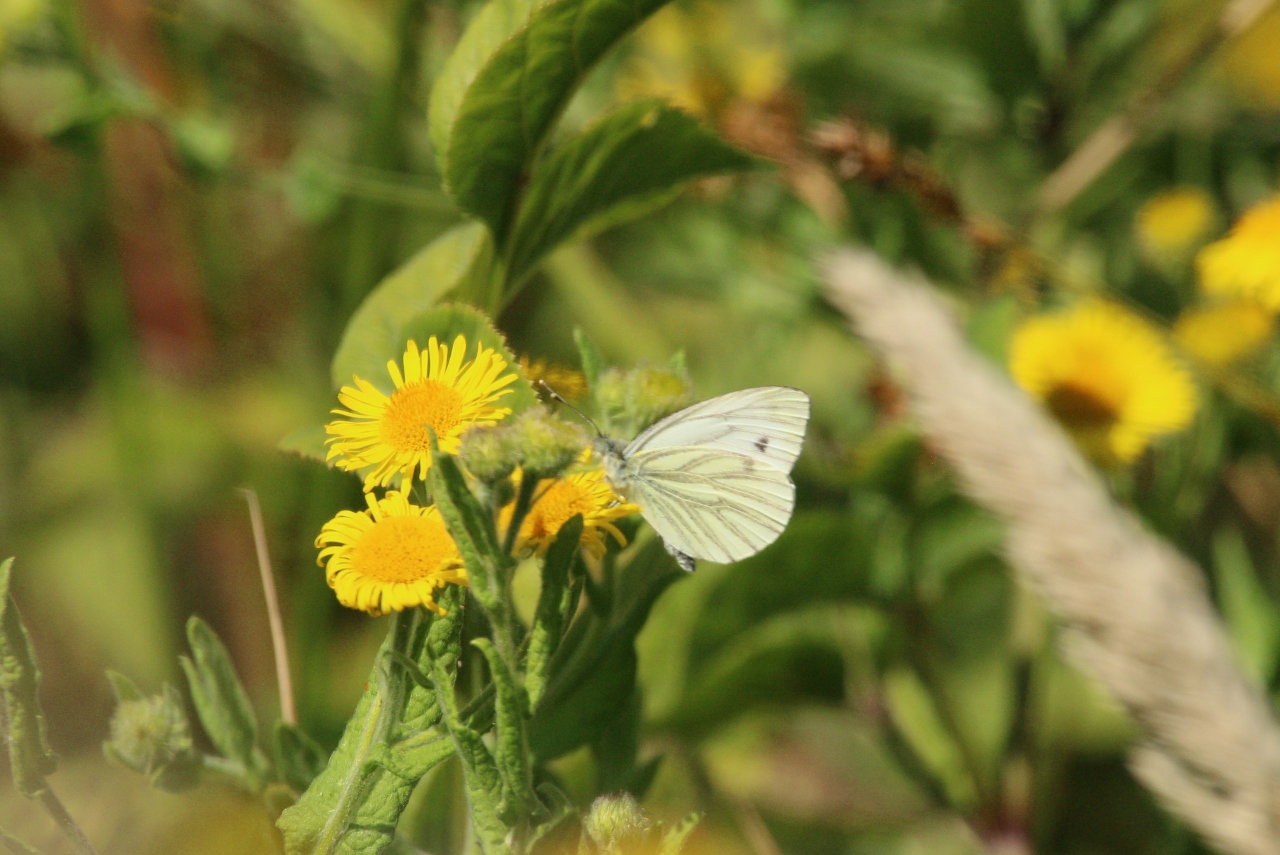
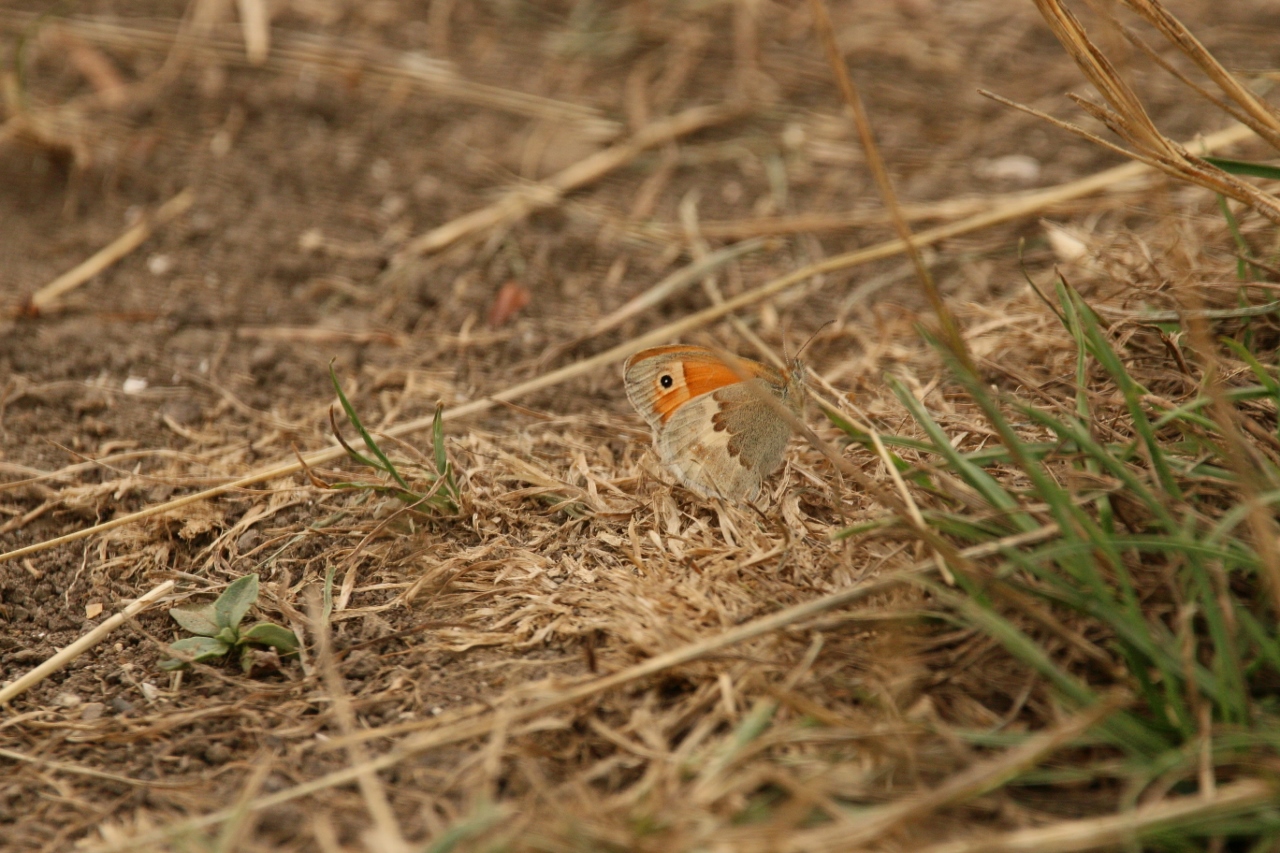

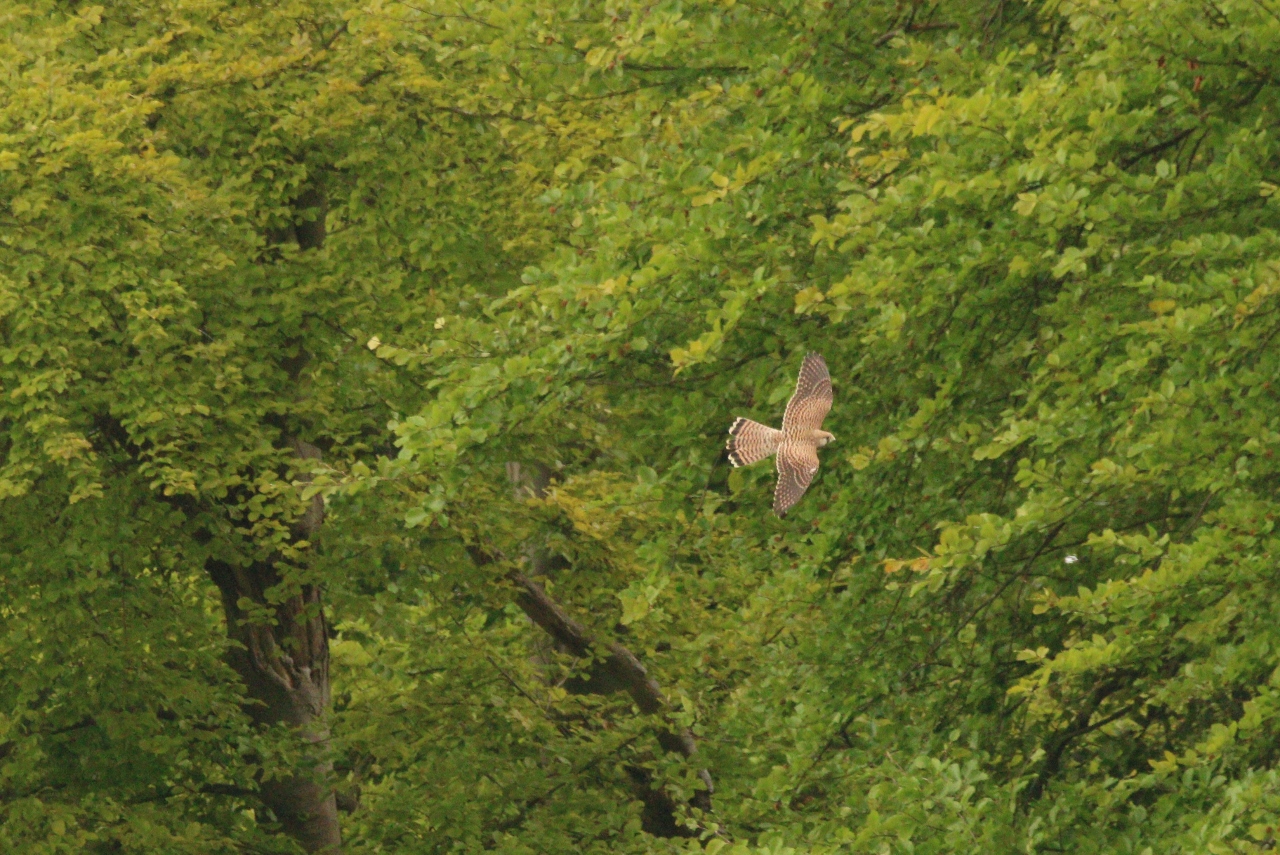


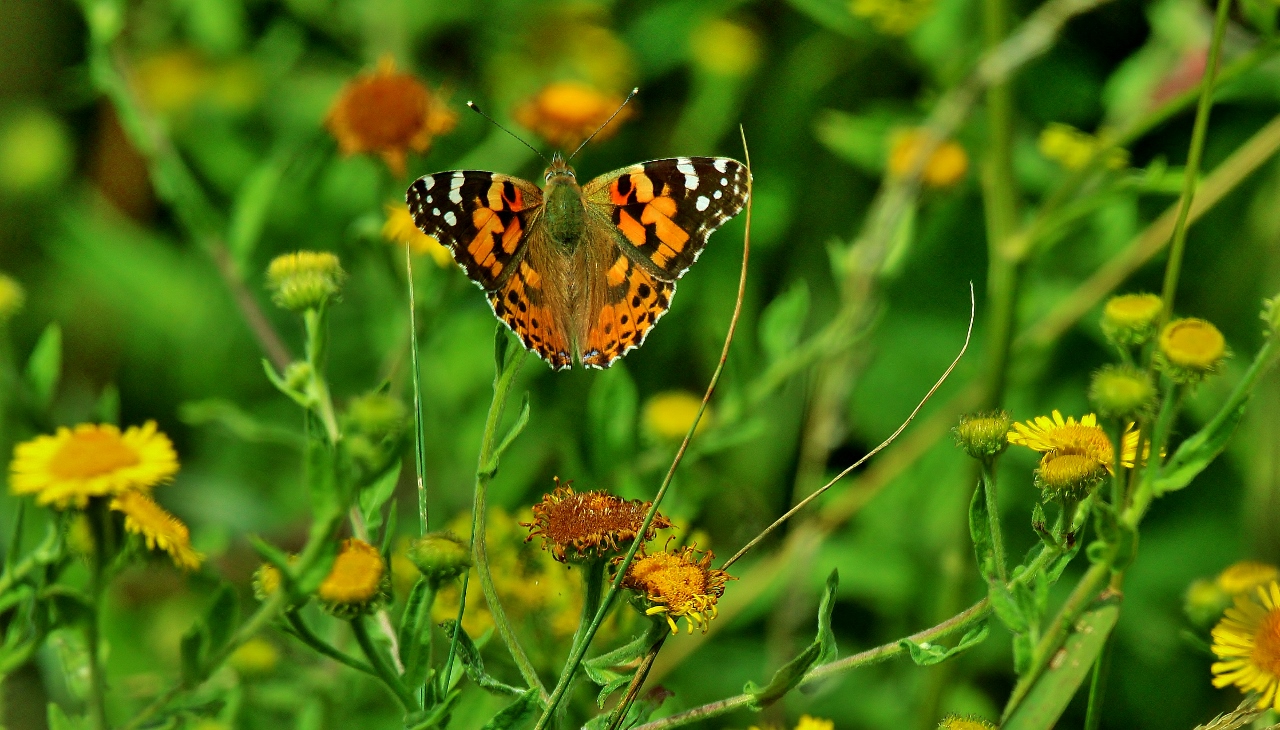
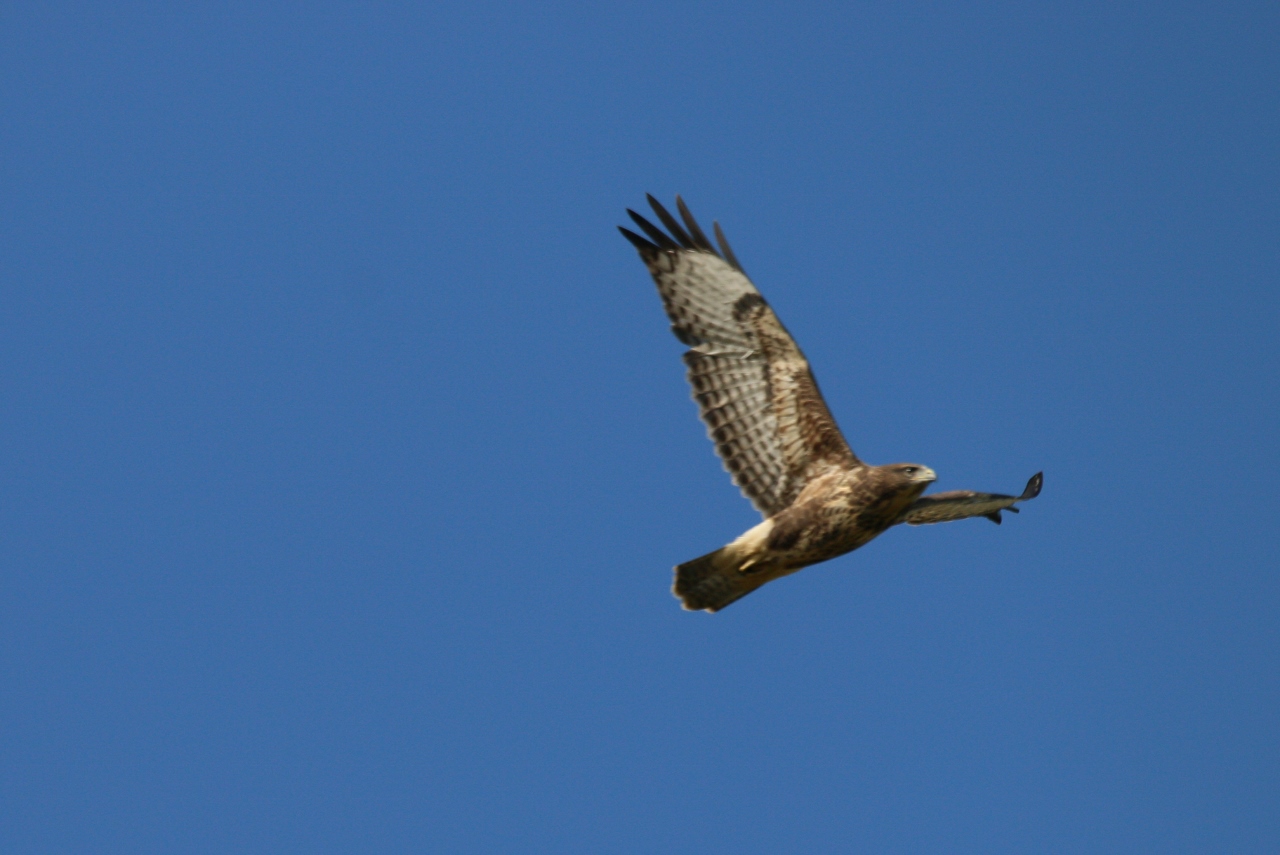



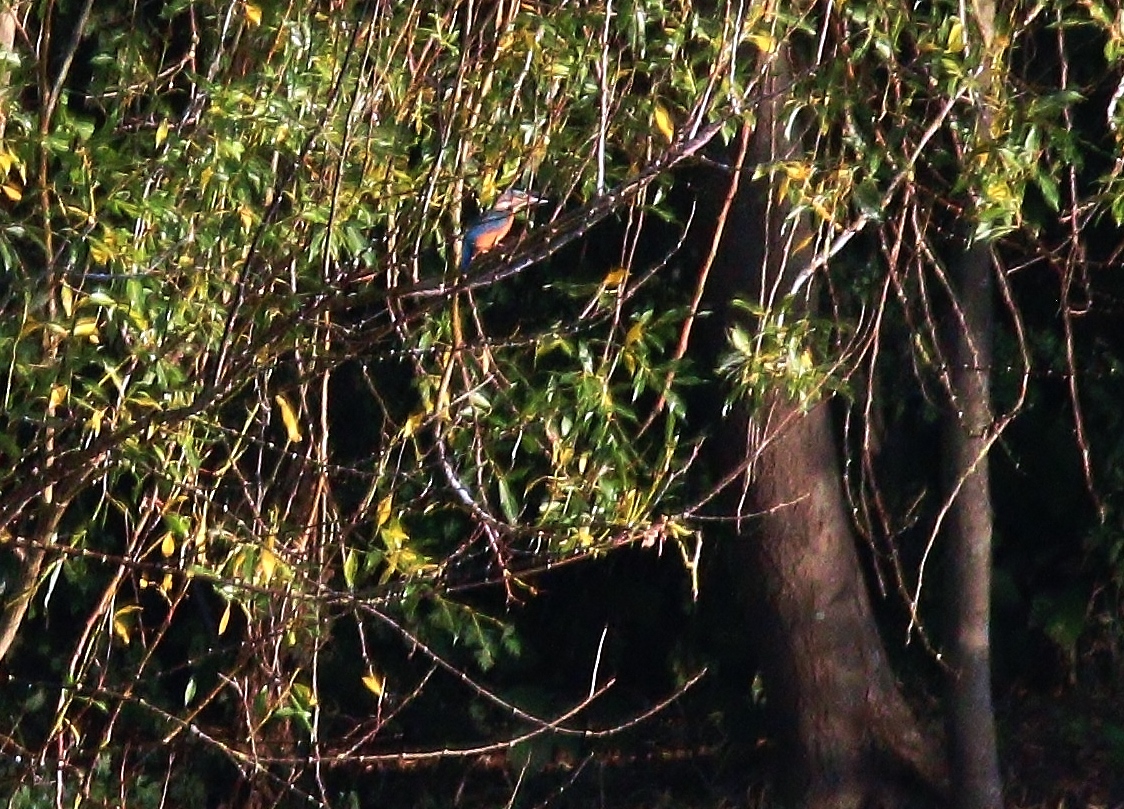



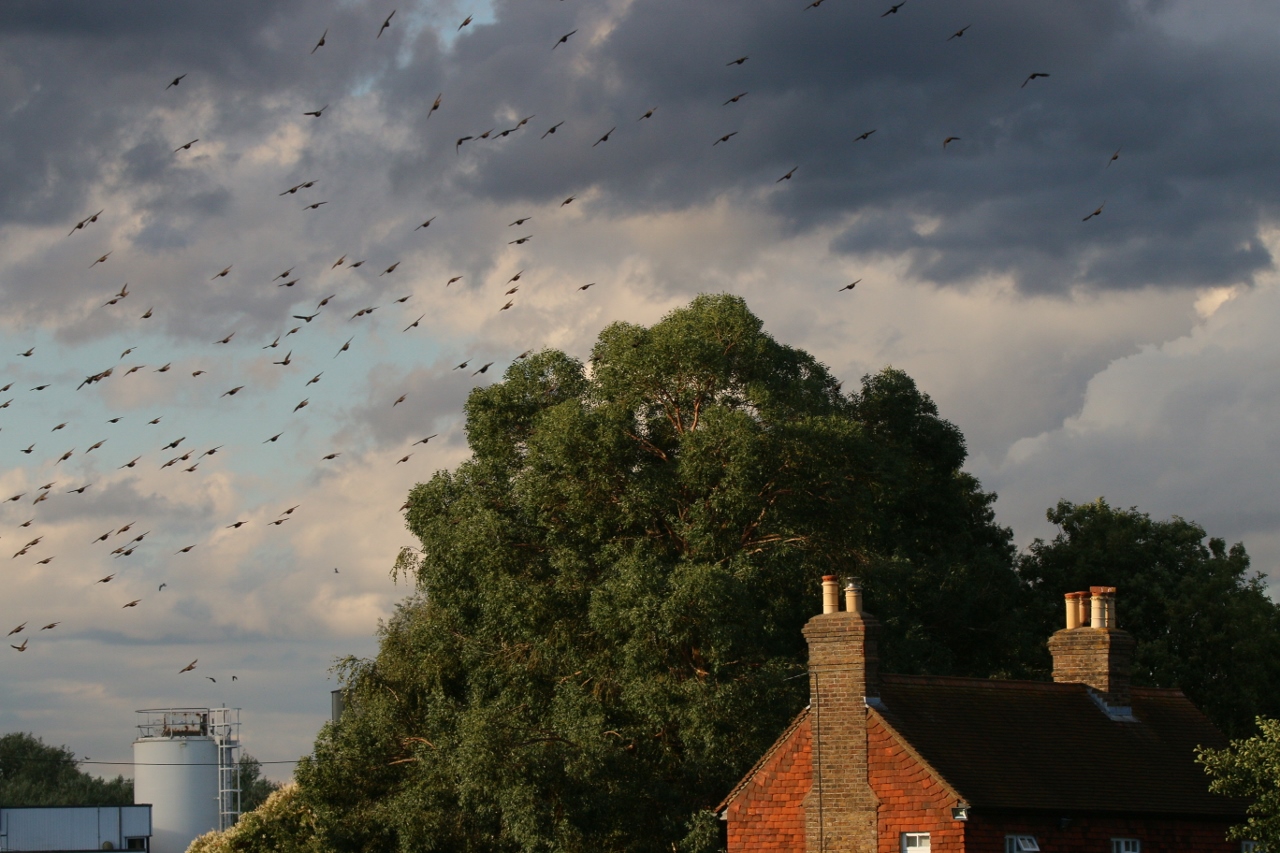




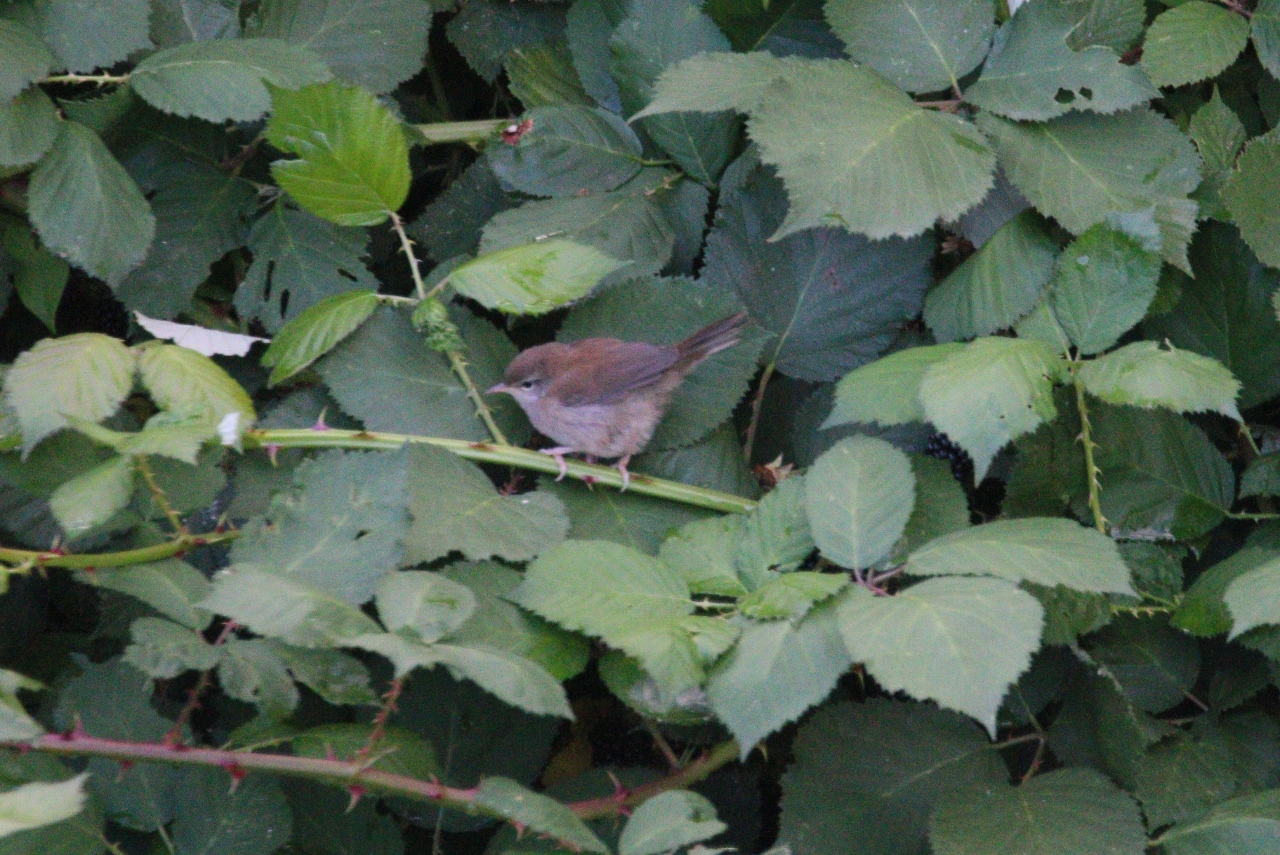
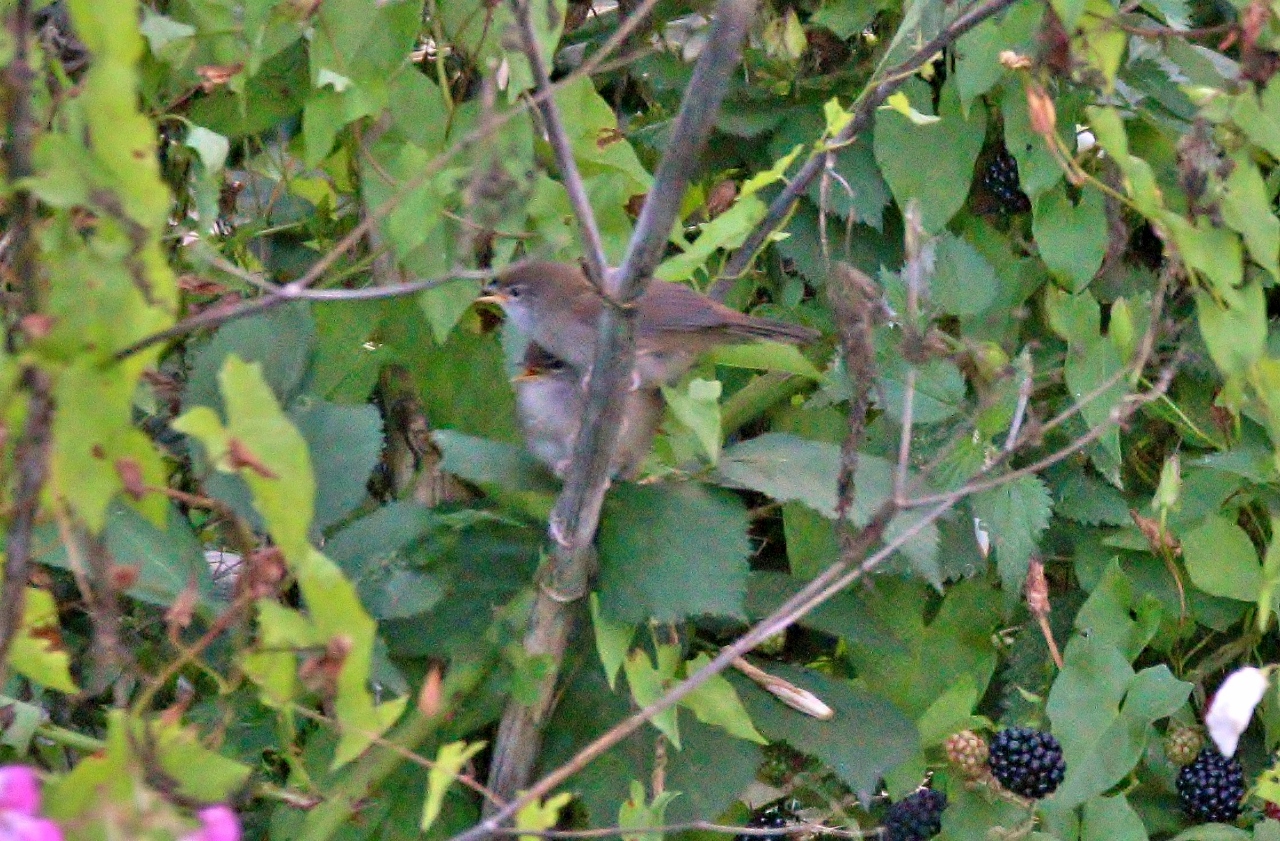




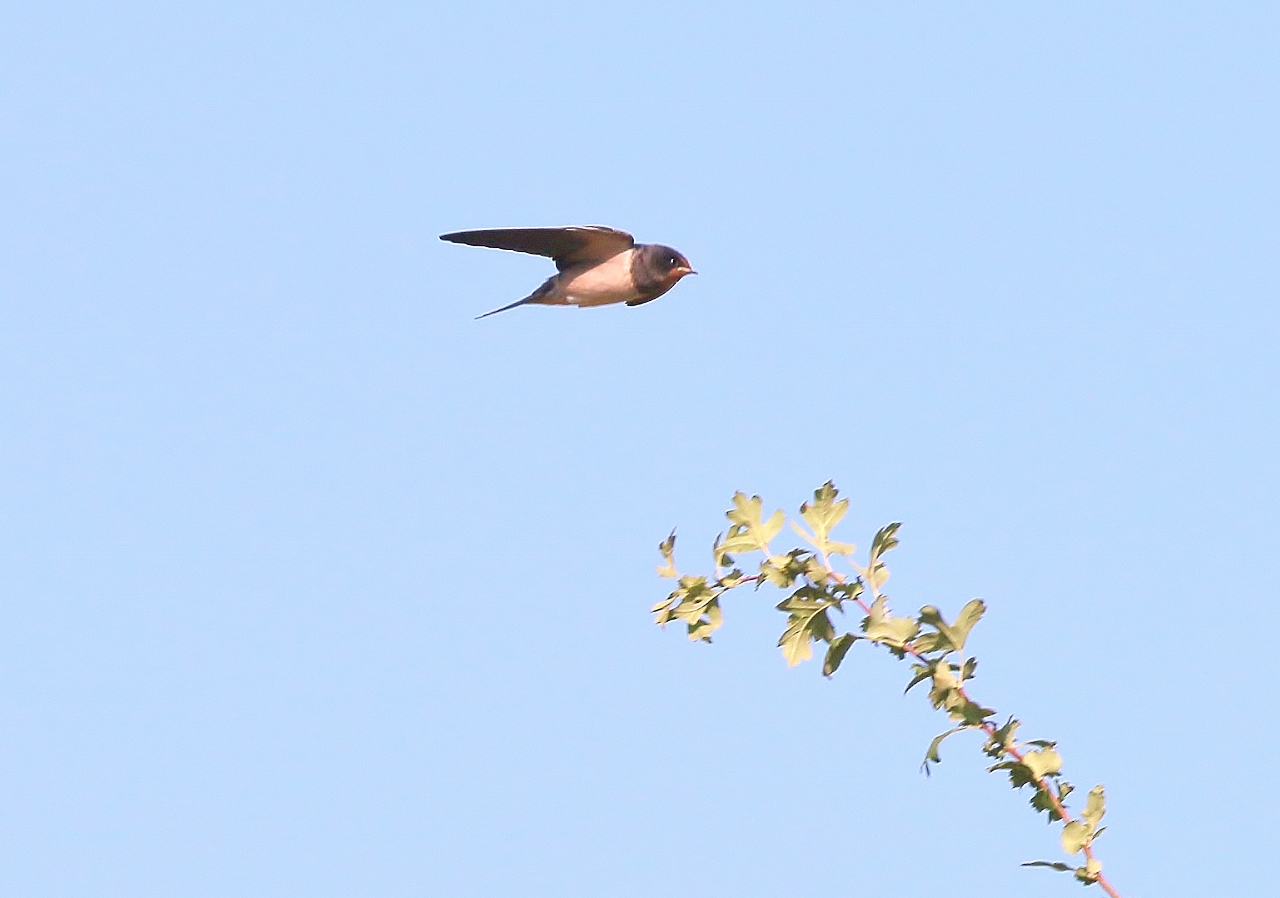

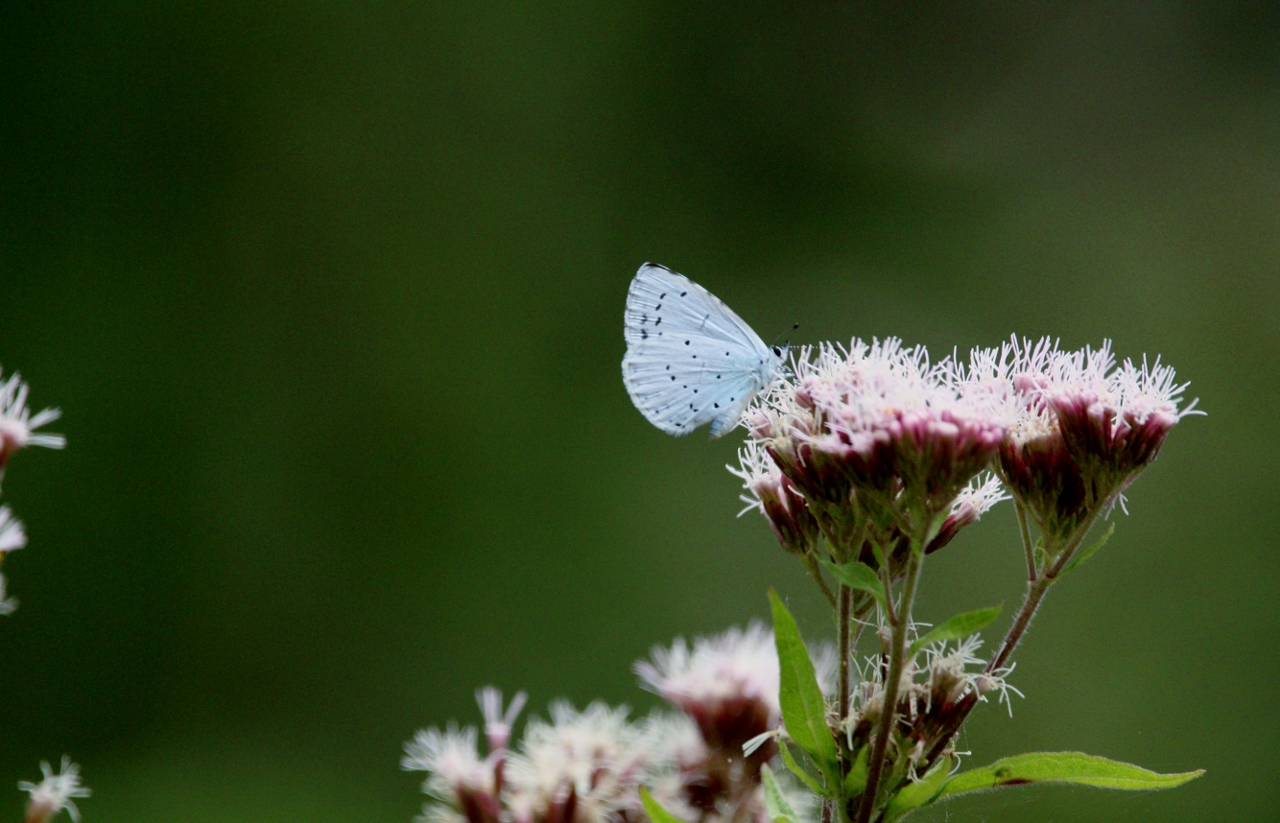


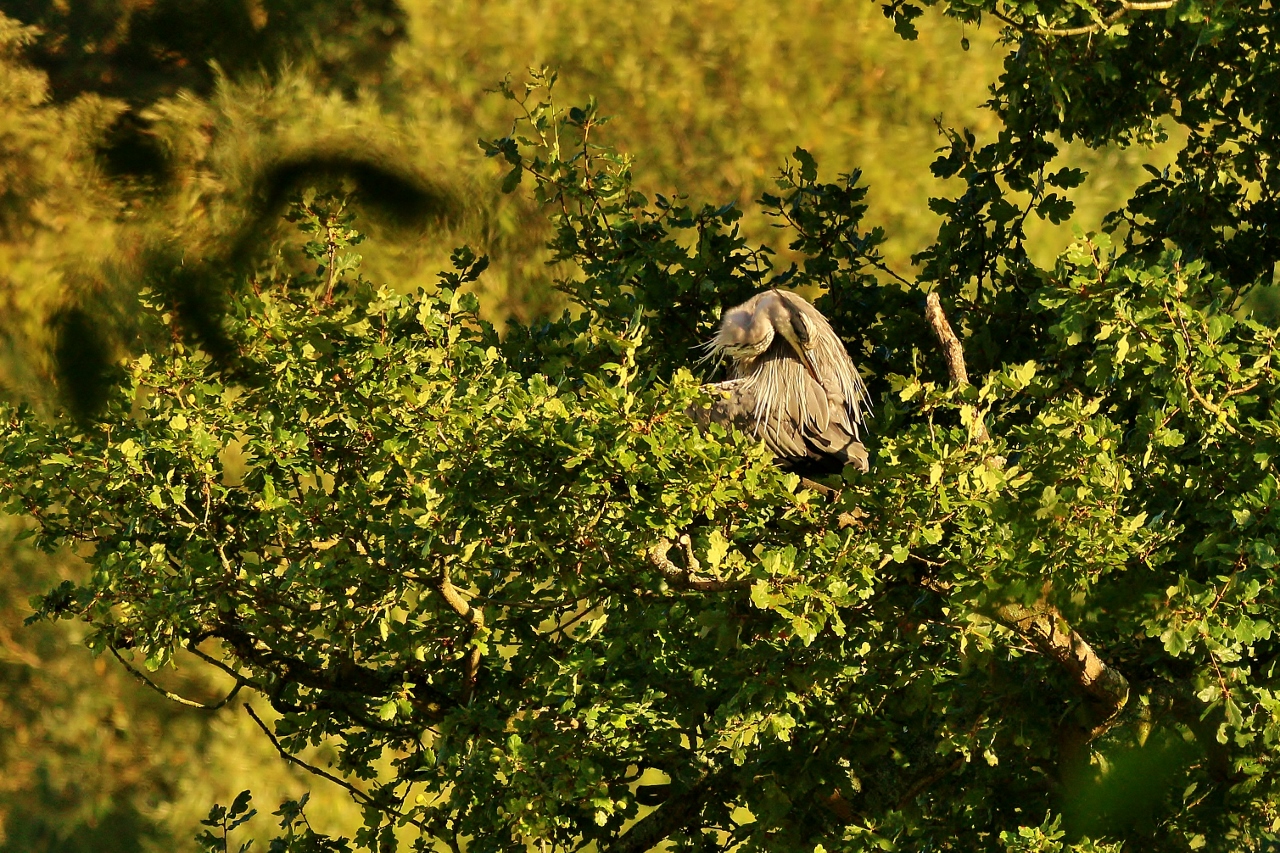

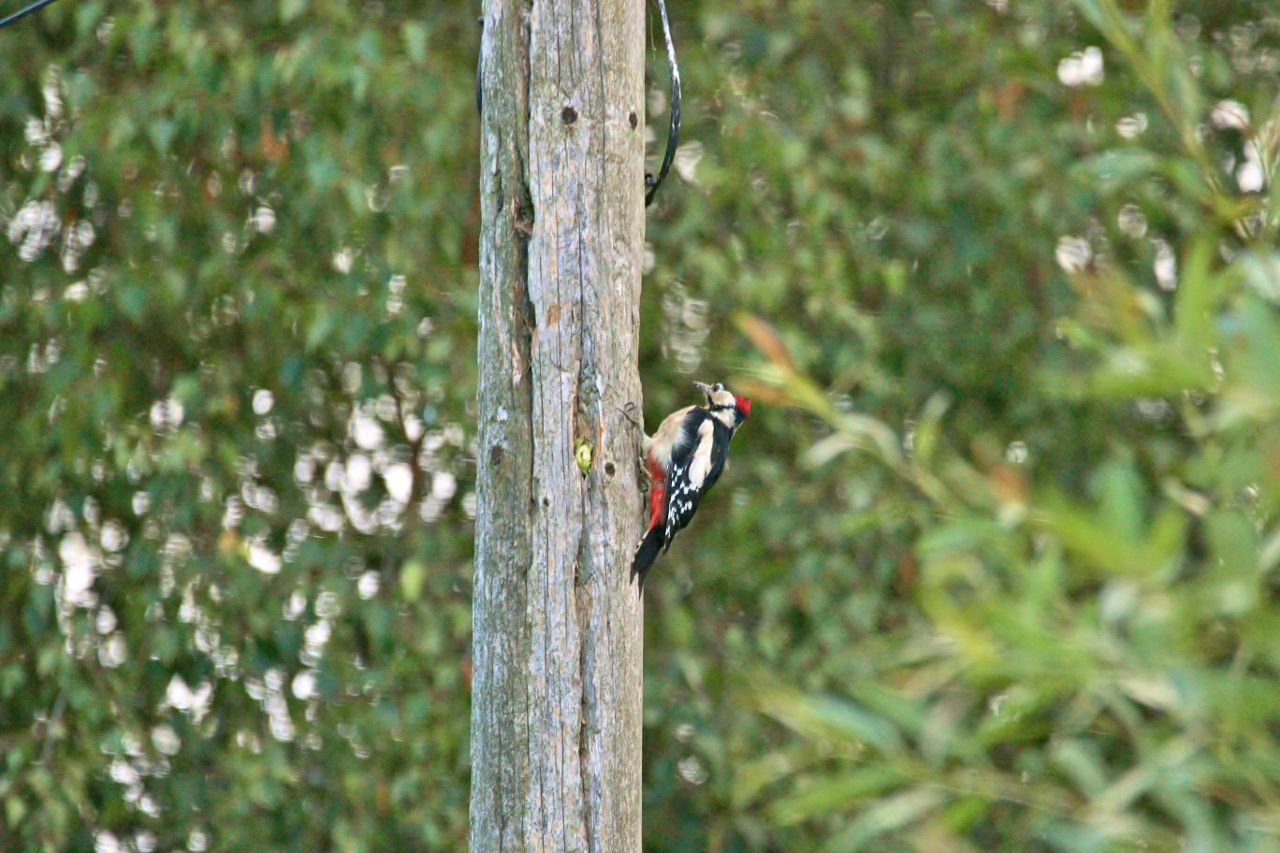
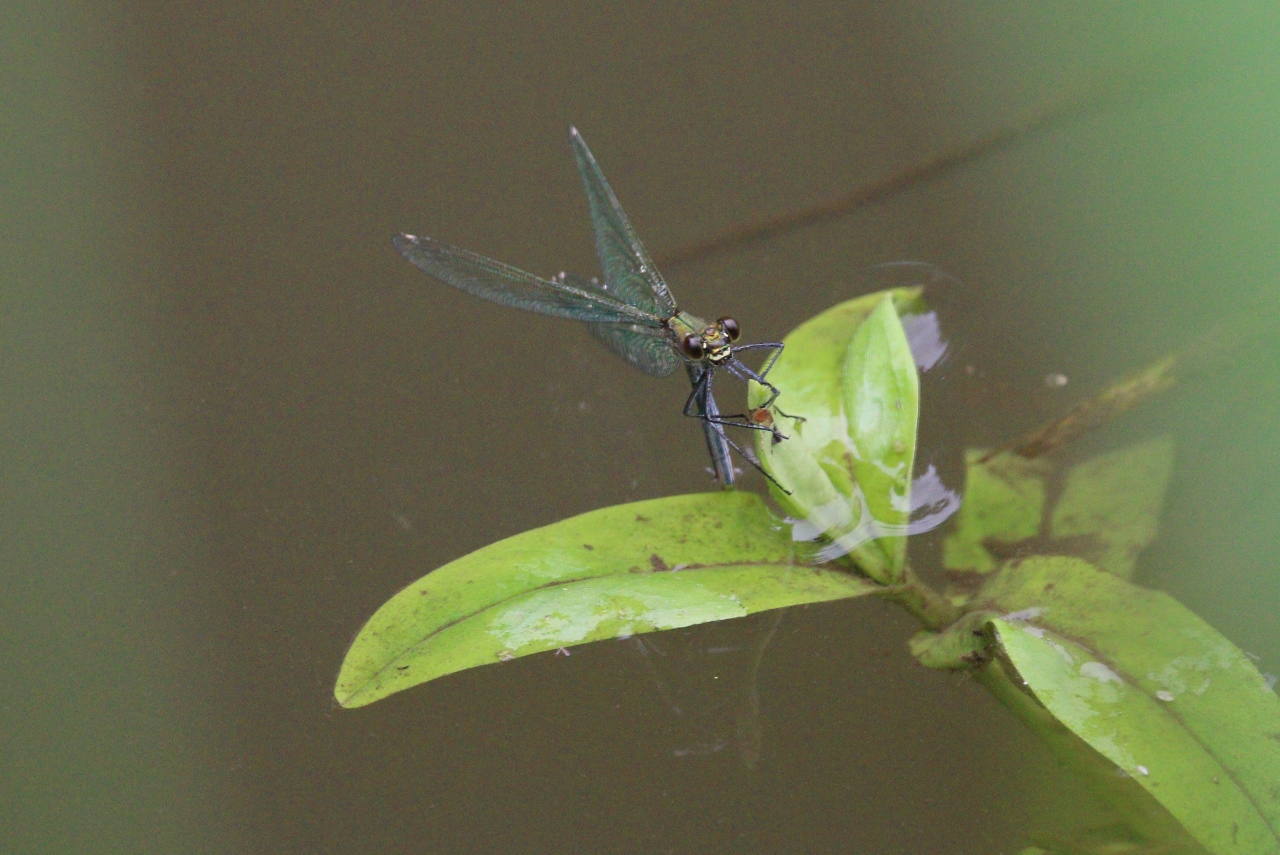










Simon Vine
August 19, 2018 at 2:15 pm
Great day out and fantastic article Malcolm.
Thanks for arranging David… love to do it again soon. Thursley Common is fantastic.
James Sellen
August 20, 2018 at 9:42 pm
Great report from Malcolm Fincham and excellent photographic record of Cetti’s warbler.